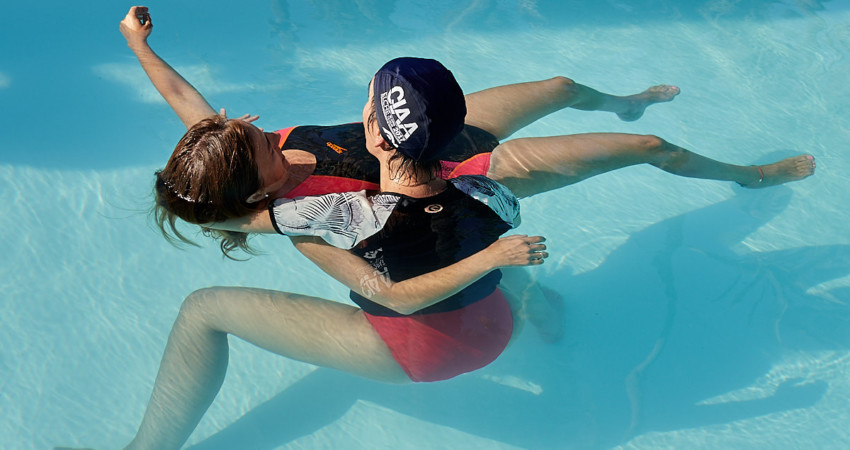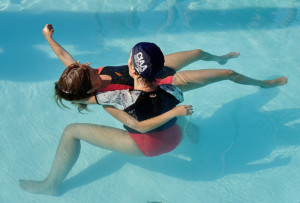Siguiente
Güeita, J., Alonso, M. & Fernández-de-las-Peñas, C. (2015). Terapia acuática. 1st ed. Barcelona: Elsevier España. Castillo-Lozano, R. & Albornoz, M. (2014). Efectividad de la fisioterapia acuática en personas mayores. [S.l.]: Editorial académica Española. Castillo Montes, F. (2012). Fisioterapia acuática. Alcalá La Real (Jaén): Formación Alcalá. Silva, J., & Branco, F. (2011). Fisioterapia aquática funcional. ed. […]
Anterior
https://onlinelibrary.wiley.com/doi/abs/10.1111/j.1469-8749.1998.tb15443.x https://www.tandfonline.com/doi/abs/10.1080/02699050410001671856



